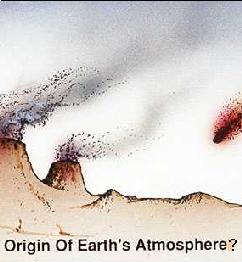This drawing represents a comet bringing atmospheric molecules and possibly the building blocks of life to the Earth's surface.
Click on image for full size
JPL/NASA
Did Comets bring Life to Earth?
Believe it or not, a few scientists believe it is possible that life may have begun on comets. Out in their distant home, the
Oort Cloud, comets are exposed to the kind of energy needed to form the beginnings of life..
Comets might have brought some of the building blocks of life with them and left them on planets like Earth where they could live better. Comets have even hit a planet's surface, such as the case when comet Shoemaker-Levy 9 hit the planet Jupiter in 1995.
You might also be interested in:
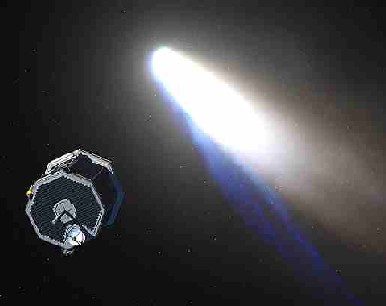
NASA’s Comet Nucleus Tour (called CONTOUR) launched July 3, 2002. The CONTOUR spacecraft will fly by at least two comets. It will take pictures and collect dust from the nucleus of each comet. Learning
...more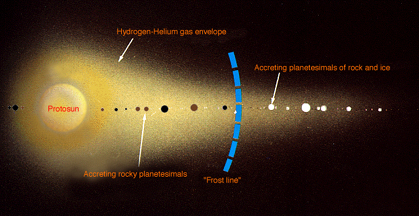
Scientists ask many questions. One of the questions they like to ask is "Where did the atmosphere come from?" As always, scientists chip in with many different, and sometimes conflicting answers. Some
...more
Jupiter's atmospheric environment is one of powerful winds, going 250 miles per hour, and temperatures from -270 degrees to +32 degrees (freezing temperature). These winds make it hard for life forms to
...more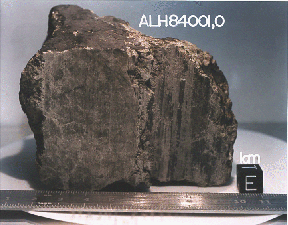
In July, 1996 a team of scientists said that they had discovered possible fossils of bacteria in a meteorite named ALH84001 that came from Mars. It was found in Antarctica in 1984 after having landed there
...more
Saturn's atmospheric environment is one of powerful winds, going 250 miles per hour, and temperatures from -270 degrees to +80 degrees. With winds like these, it is hard to have peace and quiet. The region
...more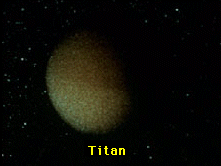
The air of Titan is a lot like the Earth's, except that it is very cold, from -330 degrees to -290 degrees! Like the Earth, there is a lot of Nitrogen and other complex molecules. There also may be an
...more
Organisms that are able to "make their own food" are called autotrophs, meaning "self-feeders". Some examples of autotrophs are plants and algae (shown in the picture). Both plants and algae use photosynthesis
...more


